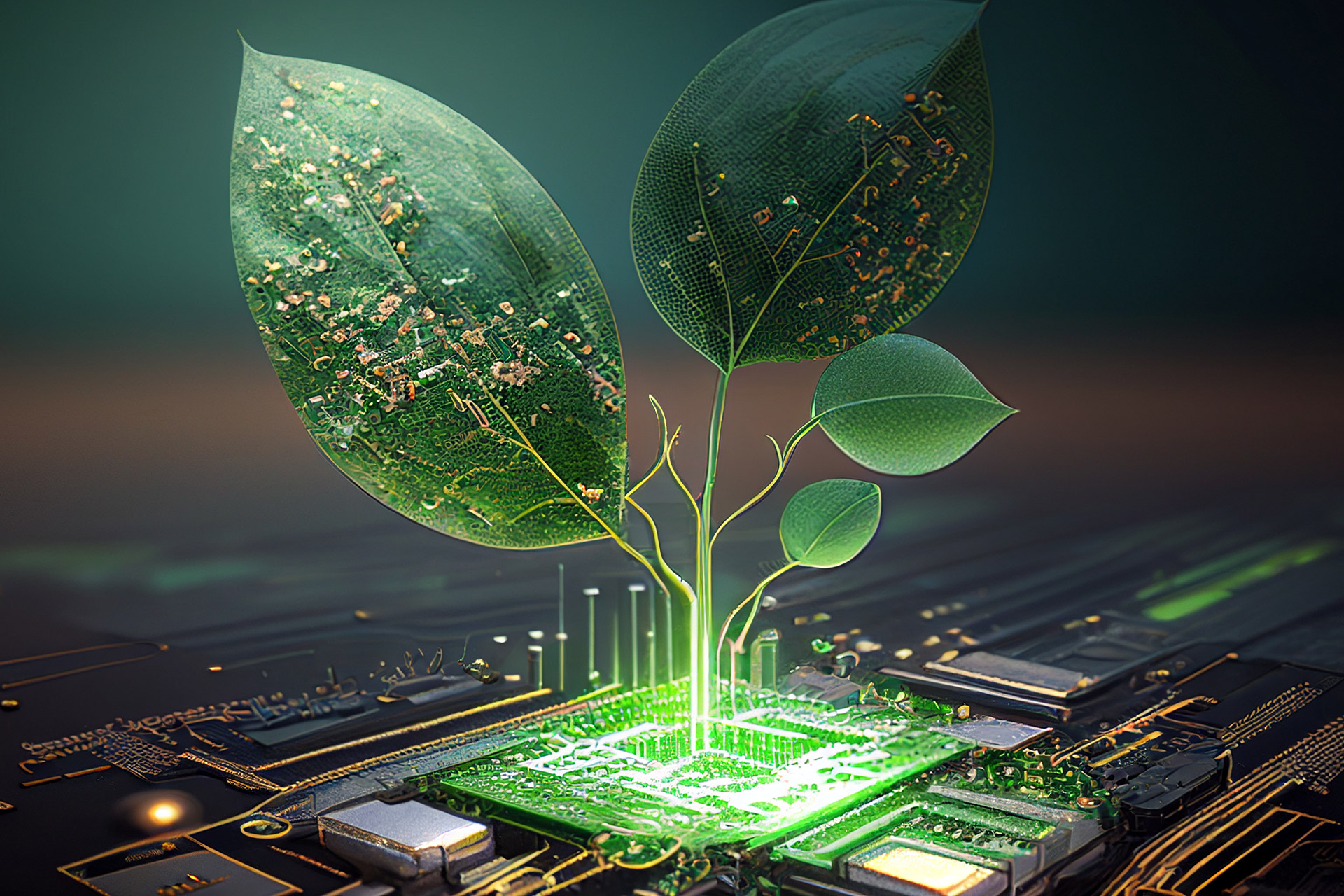
The OLED is flexible, which allows it to be molded to the skin, providing more comfort and adhesion.
OLED is biocompatible, which means it does not cause skin irritation.
OLED is biodegradable, which reduces its environmental impact.
OLED can reduce the cost of manufacturing devices for photodynamic therapies.
Most devices for photodynamic therapies are rigid and non-biocompatible, which can cause discomfort and irritation to the skin. In addition, these devices are generally made of non-biodegradable materials, which increases the environmental impact of these devices.
The invention consists of an organic light-emitting diode (OLED) manufactured on an onion membrane. The onion membrane is a flexible, biocompatible and biodegradable material. The OLED can be used in photodynamic therapies for the treatment of various skin diseases, such as skin cancer, psoriasis and acne.
The OLED works by applying a voltage between two electrodes, an anode and a cathode. Electrons are injected from the cathode into the electroluminescent layer, where they recombine with the holes, emitting light.
Patent title:
Biocompatible, biodegradable organic light-emitting device for use in photodynamic therapies and its production process
Deposit Number:
BR 10 2018 011505 7
Pontifical Catholic University of Rio de Janeiro – PUC-Rio
Rua Marquês de São Vicente, 225, Gávea
Rio de Janeiro, RJ – Brasil
Zip code: 22451-900
Postal box: 38097
Phone:
+55 (21) 3527-2155